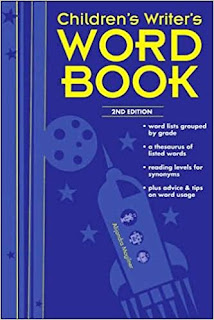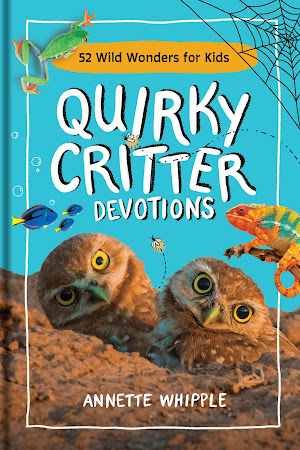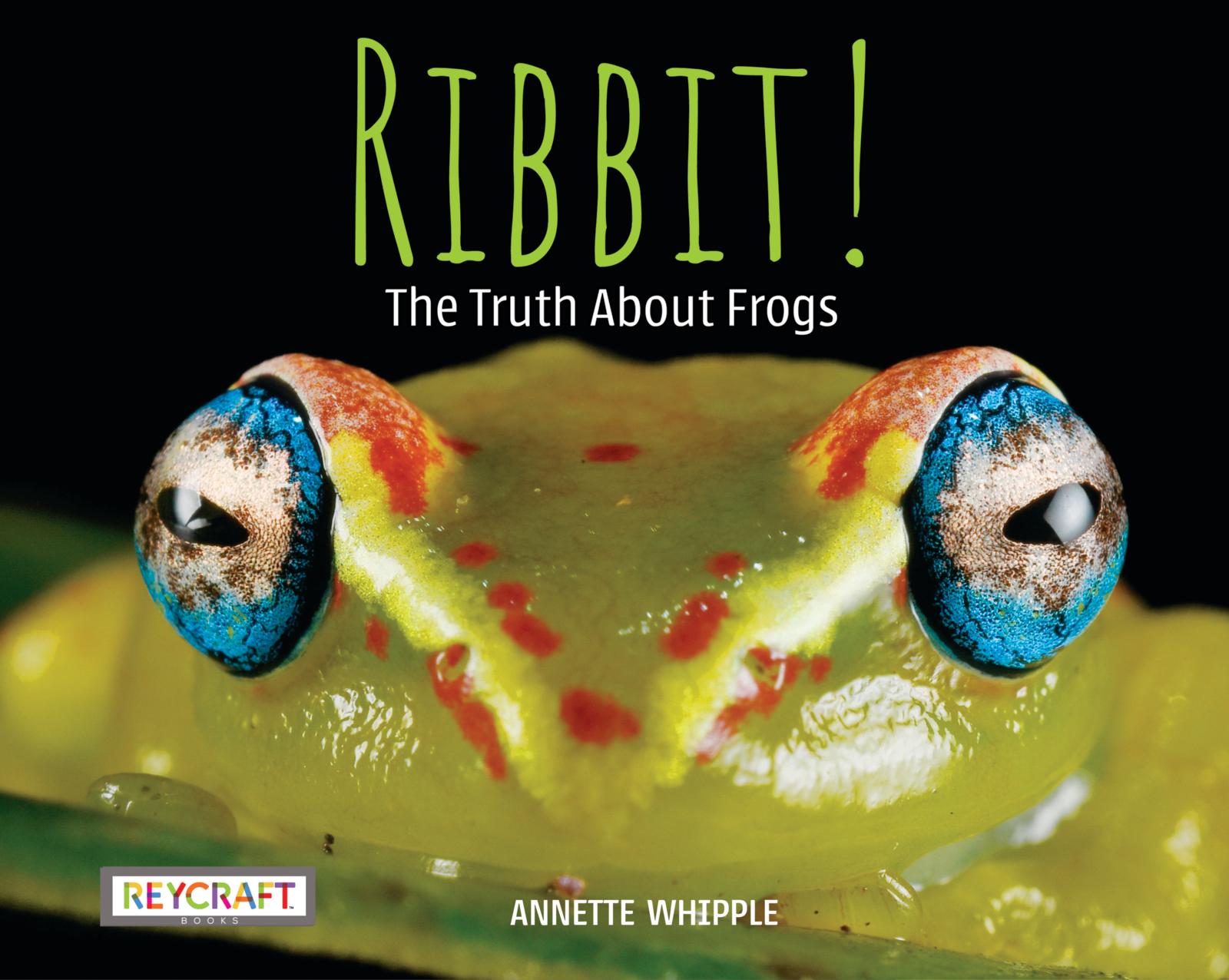About Word Choice
About Readability
When writing for the educational market, you want to know the level of the reading difficulty. Basically, that means how hard or easy the words are to read on a scale.
Some publishers use ATOS; others use Lexile or other readability tools. Editors will tell you what tool to use. If they don't provide information about the tools to measure, just ask.
Picture books are intended to be read by an adult, so readability
is not important for picture book writers. Don't concern yourself with this if you write picture books.
ATOS Level (Accelerated Reader):
I'm most familiar with writing to an ATOS level. This is the official ATOS tool which tells you the reading level of your text. Copy and paste your text into the analyzer or upload a document. Wait for the results.Here's the link to the ATOS tool at Renaissance Learning.
Seriously, try it! Right now with any piece of writing.
Here's a screenshot of a report.
There's lots of key information there. You may only look at ATOS level, but all of the information included in the report helps you to know how to proofread.
Lexile Levels:
You have some options to find the Lexile level.
Option 1: Use this Lexile generator. https://hub.lexile.com/analyzer If I remember correctly, this is best used with the paid membership. If you write phonics curriculum, decodable stories, or a lot of educational books, it will be worth it.
Word Document:
Learn More about Readability:
If you didn't already read the blog posts linked at the top, here they are again. Learn more about educational and trade markets here. And here's another post about writing for the educational market. And here's one from the GROG blog.
Another option is to learn from Laura Purdie Salas's book Writing for the Educational Market (affiliate link). If you know you want to write for the educational market, this book shares a ton! Laura Purdie Salas has step-by-step help to get you published! Highly recommend!I also provide mentoring and critiques to kidlit writers, including a WFH critique package. I love seeing my clients get published! And yes, they have!




















Thank you for sharing this interesting information.
ReplyDelete